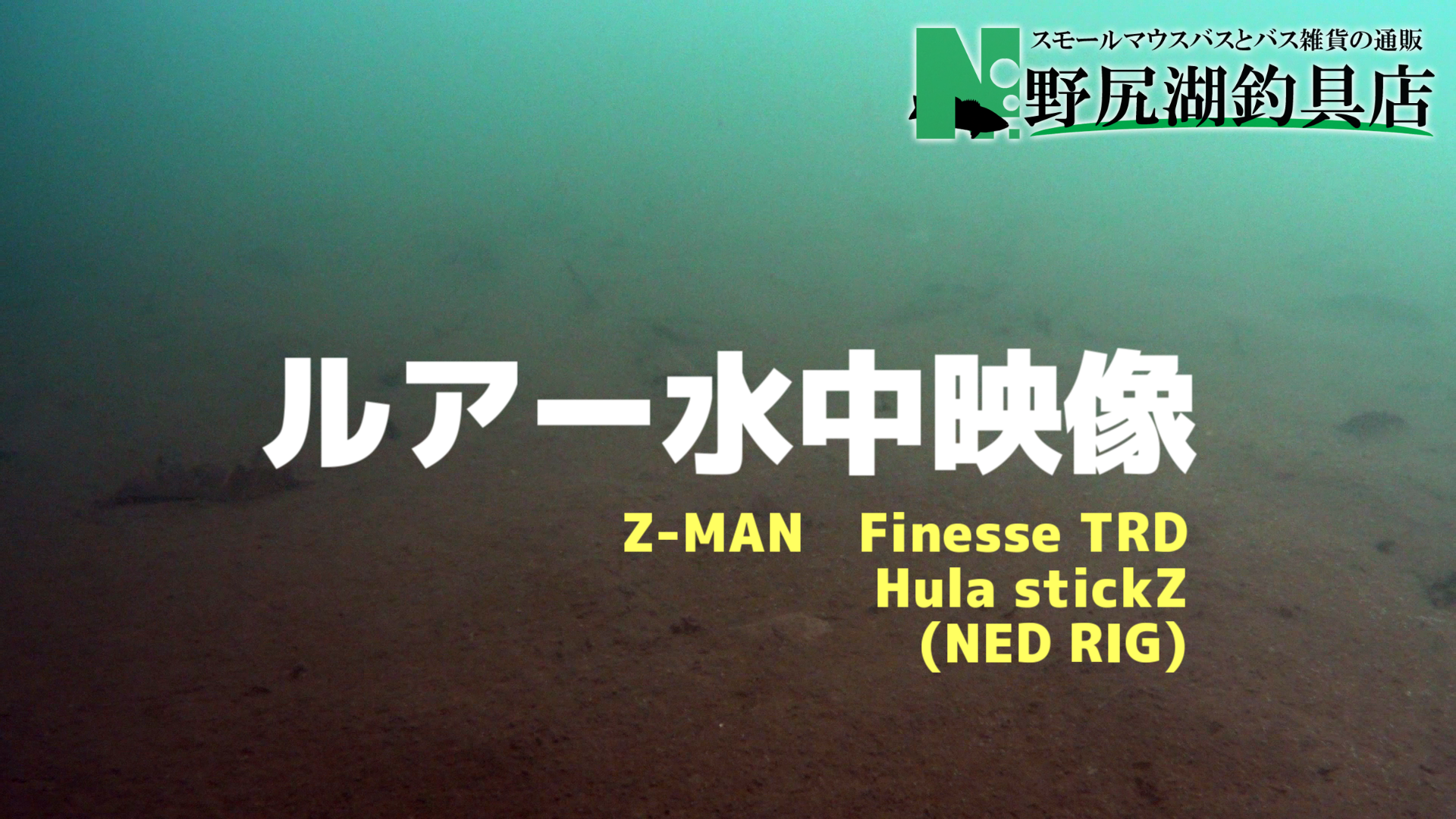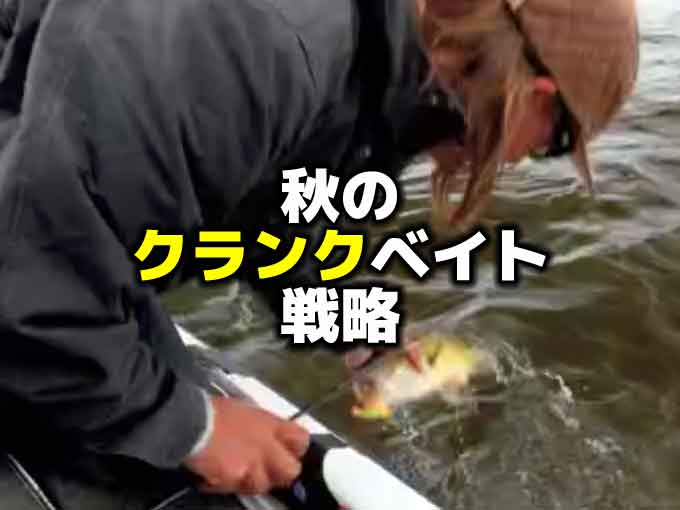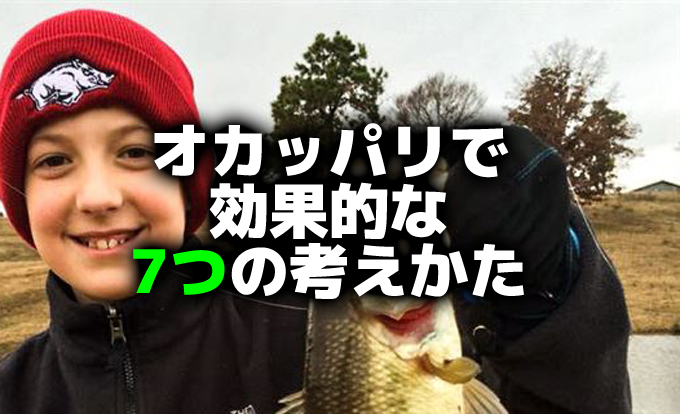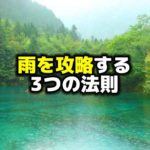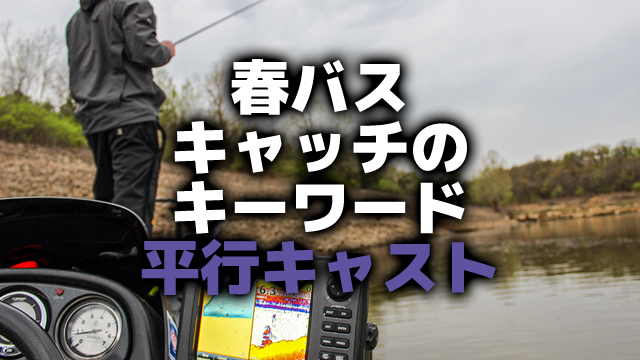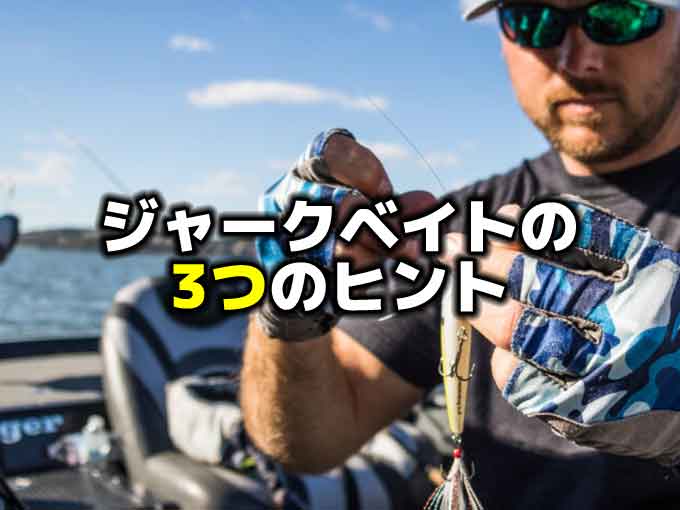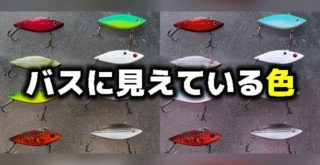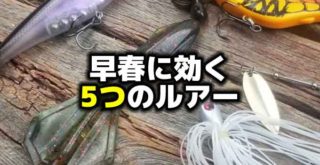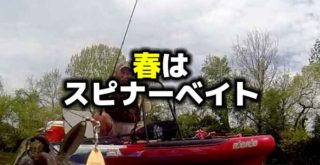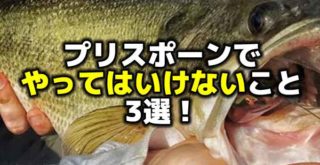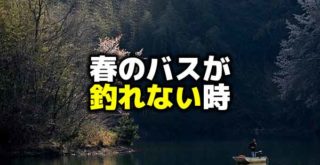野池バスはブレイクラインを釣れ?

こんにちは!店長の小山です!
本日は海外サイトより、”Break Lines are Pond Bass Fishing Magnets”という記事を引用してご紹介いたします。
引用先:scout.com”Break Lines are Pond Bass Fishing Magnets”By WALKER SMITH 08/31/2016(海外サイトです)
みんな大好き、野池の釣り。
皆さんもそれぞれ、お好きなタイプの野池があるかと思います。ウィードだらけの池、桟橋のある池、ザリガニのいる池、ディープがある池…などなど。
しかしそんな好みとは裏腹に、好きなタイプの池が近所にない場合も多いもの。
そりゃあ、アシや、レイダウン、岩場、流れ込み、桟橋なんていうストラクチャーやカバーが豊富な、美味しい野池なんていう物があれば最高ですし、バスを釣る確率も高いかもしれませんが、そんな場所は先行者がいたりして、釣りができなかったりすることもありますから、結局そんなおいしいところではできないものなんですよね(泣)
そこで大事になってくるのが「ブレイクライン」の存在。一見何もないような場所でキャストしていると、不意に大物が喰ってきたりして、こんなとこでこんなでっかいの釣れちゃった!ということがあったりするものですが、そんなときは結構そのブレイクラインというものが関係していることがあるんですよね。
この記事は、生物学者を交え、ブレイクラインで釣れるバスについて掘り下げられたことが書かれています。なぜ、ブレイクラインにバスが居るのか。読んでみましょう。
捕食のための回遊ルートである
Just as reservoir-dwelling fish use creek and river channels as edges by which to travel, pond fish also utilize break lines for similar reasons. There may not be much seasonal migration occurring in these smaller ponds, but the largest and smartest pond bass understand one very important concept.
Every living thing in that pond uses these break lines en route to shallow-water feeding opportunities. If that bass sets up shop along this common route, it has an opportunity to easily intercept its prey before it reaches the shallows.
Think of it like this: Where is a police officer going to radar for speeding drivers? They’ll often position themselves near the highways with the heaviest traffic in order to maximize their chances of catching offenders. That’s exactly what these big pond bass are doing—they’re putting themselves in a high-percentage situation in which they can feed while exerting as little energy as possible.
リザーバーに生息する魚も、回遊にクリークやリバーチャネルのエッジを使用しますが、池の魚も同様の理由でブレイクラインを利用して移動します。小さな池ですから季節の移動というのはそれほどないかもしれませんが、池のマックスサイズの賢いバスは、1つの非常に重要な概念を理解しています。
その池のあらゆる生き物は、エサを食べるためにシャローへ移動する途中にこれらのブレイクラインを使用しています。そのバスはこの共通のルートに沿って待ち伏せし、シャローに到達する前の獲物を簡単に横取りする機会を持っています。
こう考えてみよう:警察官がスピード違反のドライバーを取り締まるために、どこでレーダーを張っていますか?彼らは多くの場合、違反者をキャッチするチャンスを最大化するために、最も交通量の多い高速道路の近くに自分自身を配置します。つまり、池のデカバスができるだけ少ないエネルギーで抑えながら、高確率でエサにありつける状況に自分自身を置くという、まさにそういうことです。
ビッグバスは、競って食うことを避けます
Why would a big bass fight a bunch of 12-inchers when it wants to feed? That’s not a very efficient way to use its energy reserves. It’s well documented that many of your larger bass will avoid feeding competition at all costs.
A lot of ponds throughout the country are fairly void of cover. You’ll see some isolated laydowns or stumps which can be great for catching numbers of bass, but it can be hard to find trophy-sized bass in these areas. If it looks so good, how in the world can there not be a big one on it?
Isolated cover like we’ve discussed tends to concentrate bass; they have to go somewhere, so they’ll get on this cover in astonishing numbers. This creates competition and as earlier stated, big bass don’t want anything to do with it.
Instead, they’ll use break lines. They may not get the abundant feeding opportunities they would around that isolated cover, but in many cases they’re willing to sacrifice. When that panfish or minnow crosses their path on a break line, they know it’s theirs for the taking. They don’t have to worry about fending off a bunch of pipsqueaks before claiming their meal.
Think of it like this: My 64-year-old dad will not, under any circumstances, wait in a line at a restaurant; even if it’s a 5-minute wait at his favorite place, he’s already making plans to go somewhere else. He’d rather go to a worse restaurant with no wait than fight a crowd. Big pond bass are just like my dad. They’ll let the 12-inchers do all the fighting while they slide out to a nearby break line, unbutton their pants and prepare for a nice, quiet meal.
ビッグバスはフィーディングのために30センチのバスの群れと争うだろうか?それは、体力の使い方として効率的な方法ではありません。ビッグバスの多くは、いかなる犠牲を払ってもフィーディング競争を避けるようになることが文書で十分に裏付けされています。
全国の池の多くは、カバーがあまりありません。若干のレイダウンやスタンプなど、数本のバスをキャッチできそうな物も見えますが、トロフィーサイズのバスをこれらのエリアで見つけるのは難しい場合があります。そこは良い場所に見えるのに、なぜそこにはビッグワンがいないのでしょうか?
これまで言われてきたように、独立したカバーにはバスが集中する傾向があります。彼らはどこかしらに着かなければならないので、驚くべき数がこのカバーに着きます。これは競争を生む原因となり、前述したように、ビッグバスはそれに関わりたくありません。
その代わりに、彼らはブレイクラインを使用します。孤立したカバー周りで起きるであろう多くのフィーディングの機会を得られないかもしれませんが、多くの場合、自らそれを断念しています。ブルーギルや小魚がブレイクラインを横切るように通るなら、それは自分のものであることを彼らは知っているからす。彼らは食事をするために小バスの群れを出し抜かなければならない心配をする必要がないのです。
こう考えてみよう:私の64歳のお父さんは、どのような状況下でも、レストランで並んで待つことはありません。彼のお気に入りの場所がたった5分待ちだったとしても、彼はすでに別のどこかへ行こうと考えています。他のお客さんとともに待ち時間と戦うよりもむしろ、待ち時間なしでより悪いレストランに行くと思います。池のビッグバスはちょうど私のお父さんのようなものです。彼らは、近くのブレイクラインに繰り出して、ベルトをゆるめ、素敵な、静かな食事の準備をしながら、30センチのバスたちを戦わせていますよ。
順応するのが簡単である
Both biologists and bass fishing professionals say it until they’re blue in the face: Big bass crave quick access to deep water. The same thing is true when you’re targeting pond bass. These smaller bodies of water are a microcosm of larger reservoirs.
Break lines give pond bass the best of both worlds. They’re able to quickly slide up to the shallow shelves when it comes time to feed, but they can also easily move to deeper water when weather fronts or other environmental changes occur.
This especially rings true in the warmer months. Because ponds are small by definition, the water will get much hotter than it would in a larger reservoir. When summer oxygen breakdown occurs in the deeper depths of ponds, the bass have to position above the thermocline—a temperature-related level at which the lake stratifies—if they want to survive.
Break lines allow the bass to suspend at a comfortable, oxygen-rich depth while giving them a level of protection from predators. They’re loners, so they can choose a section of break line and essentially “own” it while enjoying the practical acclimation benefits it offers.
On your next pond fishing outing, make sure to saturate nearby break lines. Make long, 45-degree casts from the bank in order to maximize your bait’s time in the strike zone and hold on tight. You won’t get a ton of bites, but I’m willing to bet they’ll be good ones.
生物学者とバスプロの両方が口を酸っぱくして言います:ビッグバスはディープへの迅速なアクセスを切望しています。池のバスをターゲットにしているときにも同じことが当てはまります。小規模である野池は、より大きなリザーバーの縮図になります。
ブレイクラインは、池のバスに2つの長所を与えます。フィーディングタイムが来たときにすばやくシャローまで移行可能であり、寒冷前線やその他の環境の変化が発生したとき、彼らはまた、簡単に、よりディープに移動することができます。
これは特に暖かい季節に言えると思います。池は小規模なものですので、水温は大きなリザーバーよりもはるかに熱くなります。夏の低酸素状態が池のディープゾーンで発生すると、バスは生き残るためにサーモクライン(湖の水温躍層・温度の境目)の上に位置する必要があります。
ブレイクラインでは、天敵から身を守りつつ、バスが快適に、酸素が豊富な深さでサスペンドすることができます。彼らは一匹狼であるので、ブレイクラインがもつ実用的に順応できるメリットを享受しながら、ブレイクラインのその部分を基本的に独り占めすることができます。
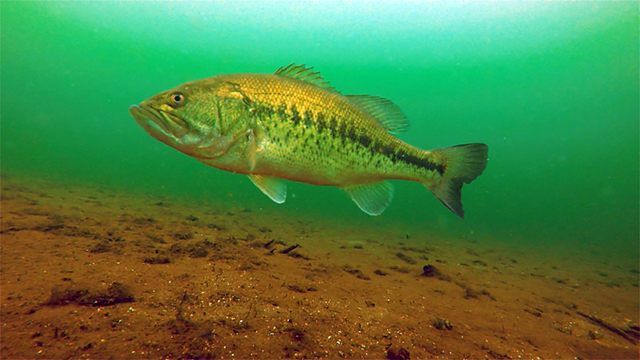
Wired2Fish photo
いかがでしたか。
「こう考えよう:」のスピード違反とお父さんの例えには思わず笑ってしまいましたが、わかりやすかったと思います(笑)
ちなみに、ここで言うビッグバスというのは、60センチオーバーとかそういうことではなくて、その池のマックスサイズのバスということですので、その池の規模などにもよりますから、そこはお間違いの無いように。
冬の間に水を抜かれてしまった野池や、超減水した野池で、平らなボトムにほんの数センチ低くなった筋があり、それが微妙に左右に曲がりながら沖まで続いている光景を見たことがある人もいらっしゃるかと思います。その筋のそばに、微妙にボトムが盛り上がっていることもあります。
野池のチャンネルやブレイクなんてそんなもんなんですよね。そのほんの数センチの高低差を、バスは意識しているようです。
次回の野池釣行ではぜひブレイクラインを意識して、ブレイクラインを探す意味も込めて岸から45度の角度でキャストしつつ移動してみましょうか。
いつもの数ほどは釣れないかもしれませんが、そこでは見たことがないようなサイズが喰ってくるかもしれませんよね!
そうなればいいですよねえ…
それでは、また。
毎度ありがとうございます!





